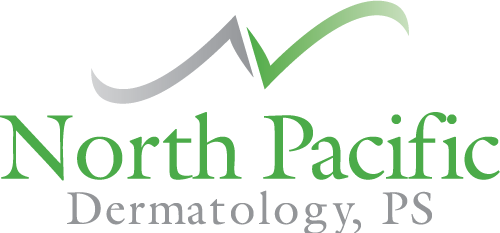Fungal Infections Are Common. Here Are the Top 3 Treatment Options
There are all kinds of fungal infections people can suffer from. If you’re struggling with fungal infection symptoms and you’re not sure what to do, it helps to understand your treatment options. Here’s what you need to know.
What to Know About Identifying and Treating Fungal Infections
What Is a Fungal Infection?
Before you can understand your treatment options for fungal skin infections and the like, it’s important to know what you’re dealing with when you’re diagnosed with a fungal infection. As the name suggests, a fungal skin infection is a condition caused by fungus growing on the skin. Also called mycosis, these types of infections are quite common. Athlete’s foot, jock itch, and yeast infections are all common types of fungal infections that can occur on the skin. And while fungus does normally live on the skin to some extent, it only becomes a problem when an environmental irritant or some kind of imbalance on the skin occurs. As a result, the fungus will start to rapidly overproduce, which leads to a skin infection. Some of the most common symptoms of these infections include things like itching, redness, rash, and flaking or peeling skin. Now that you have a better idea of what a fungal infection actually is, let’s take a look at a few of the most common fungal infection treatments.
Topical Antifungal Treatments
If you’re dealing with a mild fungal infection, topical antifungal treatments are typically going to be your best bet. Topical antifungal medications can come in a number of different forms, including creams, liquids, and even sprays. In the event that you have a fungal infection on the skin, scalp, or nails, this is the most common form of treatment. Topical antifungal creams like clotrimazole, econazole, and miconazole are some of the most commonly prescribed in these instances. Of course, antifungal topical treatments don’t have to be used alone. In fact, these treatments are frequently combined with other topical treatments if there are multiple symptoms that need to be treated. For example, an antifungal cream might be paired up with a topical corticosteroid treatment to help mitigate skin rash symptoms. While the antifungal treatment clears up the skin infection, the corticosteroid can help reduce itchiness and inflammation, as well.
Antifungal Shampoos
Fungal infections can happen just about anywhere on the body. In fact, fungal foot infections are just as common as fungal scalp infections! Fortunately, there’s a treatment for that. Antifungal shampoos are typically the first course of treatment if a fungal infection occurs on the scalp. This type of fungal infection treatment does fall under the category of topical treatments, but it’s specifically designed for the scalp. In addition, the key ingredient in antifungal shampoo is specifically ketoconazole.
Antifungal Oral Medications
If topical antifungal treatments aren’t working or aren’t an option for your infection, then systemic treatment may be necessary. Typically, oral antifungal medications are the preferred course of action for this treatment. Like topical medications, there are multiple forms of oral antifungal treatments. For instance, miconazole is available in the form of an oral gel and can be used to treat thrush, which is a candidal infection that can occur in the mouth and throat. Oral antifungal treatments can also be used, as we mentioned, for systemic treatment of a fungal skin or nail infection.
Fungal infections are more common than you might think. If you think you may be suffering from a fungal skin infection, make an appointment with a member of our team at North Pacific Dermatology today.
